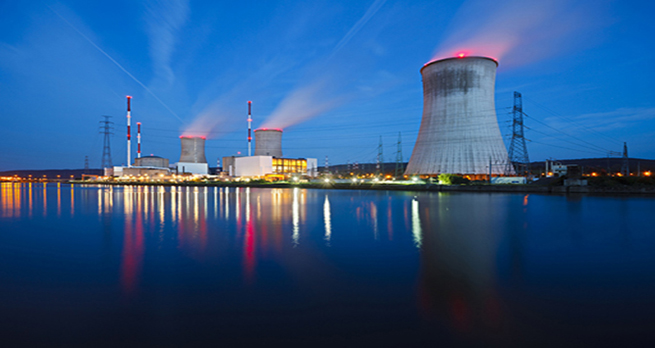2.3.6 Solution: transmutation

Transcript
The video shows the process of transmutation. Heavy fission products with long half-lives are bombarded with neutrons and split into smaller fragments with shorter half-lives.
Opinion on transmutation is mixed. It does provide a solution to the problem of storing the long-lived isotopes in radioactive waste. It is also possible that the process of transmutation could itself be used to generate electricity and future power stations could incorporate transmutation into their running. This would reduce the volume of long-lived isotopes that are produced by fission of uranium.
However, the technology is not able yet to deal with large amounts of waste in an economically viable way and the research in this field would be expensive. Also transmutation would itself generate low-level radioactive waste!
In any event, while transmutation may significantly reduce the long-term risk of the radioactive waste, it wouldn’t replace the need for storage. The next section considers the siting of this storage.
